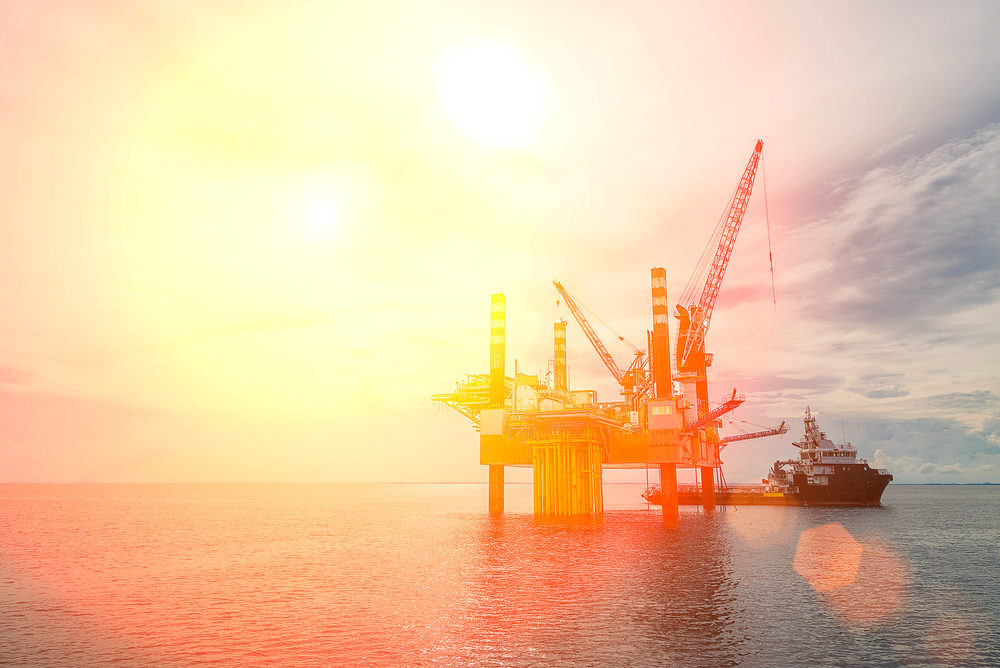
On April 13, a Seacor Power lift boat capsized south of Grand Isle, Louisiana, with 19 crew members on board. Days later, after only a handful of the crew were found alive, the Coast Guard called off the search and rescue for those missing. Now, family members and the community are left wondering who is responsible for the tragedy and if it could have been prevented.
At the time Seacor Power capsized, there were reports of high winds, limited visibility, and sudden high seas. Weather forecasts warned of tropical storm-level winds and high waves, but it is believed what they encountered was more severe than expected.
Investigations into maritime tragedies like this can take a year or several years to complete, with a range of factors and considerations. The National Transportation Safety Board (NTSB) will examine who made the decision to leave port, what the weather forecast was versus the conditions they faced and the condition of the boat and boat’s equipment. Ultimately, what they reveal during the crucial Seacor Power investigation will determine who’s responsible for the offshore disaster.
Who Could Be Held Liable for Seacor Capsizing?
The decision to leave port after storms passed through the area is a huge factor in deeming liability. While it was known that there was bad weather, the ferocity of the storm is said to have been unexpected. Who decided to begin work and whether they made the right decision will be revealed upon investigation.
In maritime accident cases, there is a range of people and businesses who could be held liable. Beyond examining the boat and its equipment, the investigation into why Seacor Power capsized will determine which of the parties involved – Seacor Marine, Talos (the company that commissioned the boat), the crew, or a combination of them – were responsible for the accident.
Two missing crew members’ wives have already filed a $25 million lawsuit against Seacor Marine, Talos Energy and Seacor Liftboats LLC. Their husbands are presumed dead, among the other five crew who are still missing. The lawsuits claim gross negligence and violations of federal maritime law. Additional lawsuits are expected to emerge as the investigation continues and those liable are confirmed.
The federal maritime law referenced in the lawsuits is the Death on the High Seas Act (DOHSA). The Act is applicable “when the death of an individual is caused by wrongful act, neglect, or default occurring on the high seas beyond three nautical miles” of U.S. shores. It states that civil action by a spouse, parent, child, or dependent relative can be brought against the person or vessel responsible for the death. However, for years, DOHSA has been criticized, with many claiming it is outdated and limiting what can be sought in lawsuits.
Limitation of Liability in Offshore Accidents
Seacor Marine may have a defense and opportunity to limit settlements to families suing for compensation using the Limitation of Liability Act. It ultimately protects the owners of the boat but harms those seeking damages.
Unfortunately, the Act used as a defense in offshore accident cases like that of Seacor Power can result in little to no compensation to families. It limits what the company pays to the total value of the boat. Once salvaged, the value could be as little as zero, preventing any and all payouts by the company.
The Limitation of Liability Act was created in 1871 and hasn’t been altered to reflect the significant changes to maritime work in the last 150 years. There have been improvements to technology and communication systems and vessels’ safety, yet the Act has yet to be updated.
Given these factors, several companies that tried to use the Act as a shield in recent years have failed. Whether Seacor Marine does so or not could significantly impact settlements in this situation.
What Happened to the Seacor Boat?
Just three hours after it left port, the Seacor Power lift boat encountered a severe storm with high winds and seven- to nine-foot waves approximately eight miles off the coast. The top-heavy boat capsized during the storm, and with what can be seen sticking out of the water, it is likely the crew attempted to stabilize the vessel by lowering its legs.
The lift boat provides a stable surface to work on oil and wind farms offshore. It was headed towards a Talos Energy oil platform when it capsized. In the days following the accident, only six crew members were rescued. A total of six bodies have been recovered and identified, while the remaining seven are missing but now presumed dead.
The Coast Guard suspended its search efforts for those still unaccounted for on April 19, but many continued to search. Through the use of donated planes, volunteers, the United Cajun Navy, and divers hired by Seacor Marine, hard hats and life jackets have been discovered.
Moving Forward: Investigations into the Seacor Power Tragedy
One of the worst maritime tragedies in recent history, a shift to make sense of the disaster and the grim outcome for its crew is well underway. The result of the investigation into the Seacor Power lift boat capsizing may find one or more parties responsible.
Offshore professions are dangerous, and the impact of negligence can lead to death and serious injuries. When maritime accidents occur, those injured or affected are left facing devastating consequences and often have a good case to sue who’s responsible. Hiring maritime injury attorneys who are highly knowledgeable and experienced in maritime lawsuits is vital to get the best results.
According to the NTSB, the investigation into what happened to the Seacor Power boat and who is found liable will take one to two years. While settlements cannot bring back those who died in the offshore disaster, they could help ensure financial security and compensation for the families and bring those liable to justice.
As the cause and fault are confirmed in the case of Seacor Power, the Death on the High Seas Act, along with other applicable state laws, may be leveraged.
The New Orleans law firm Herman, Herman & Katz has recovered more than $35 billion in maritime injury cases. If you or someone you know has been injured in an offshore accident, our experienced maritime injury lawyers can help navigate the complexities of these types of cases. For more information or a free case consultation, contact us online or call us toll-free at 844-943-7626.

Jed Cain is a partner with Herman, Herman & Katz, LLC. He has dedicated his career to representing injured folks and their families.




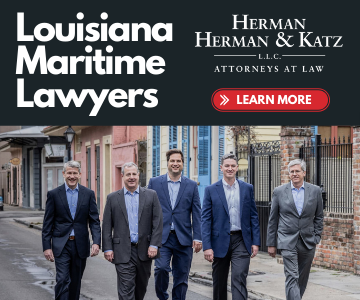
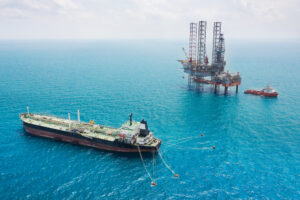
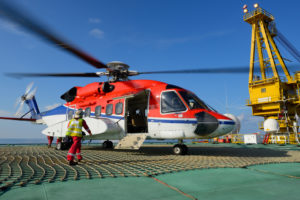
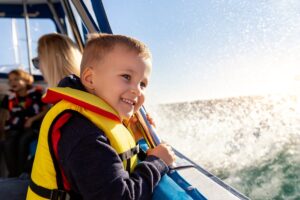




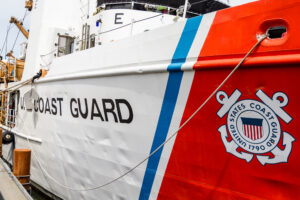




Comments for this article are closed.